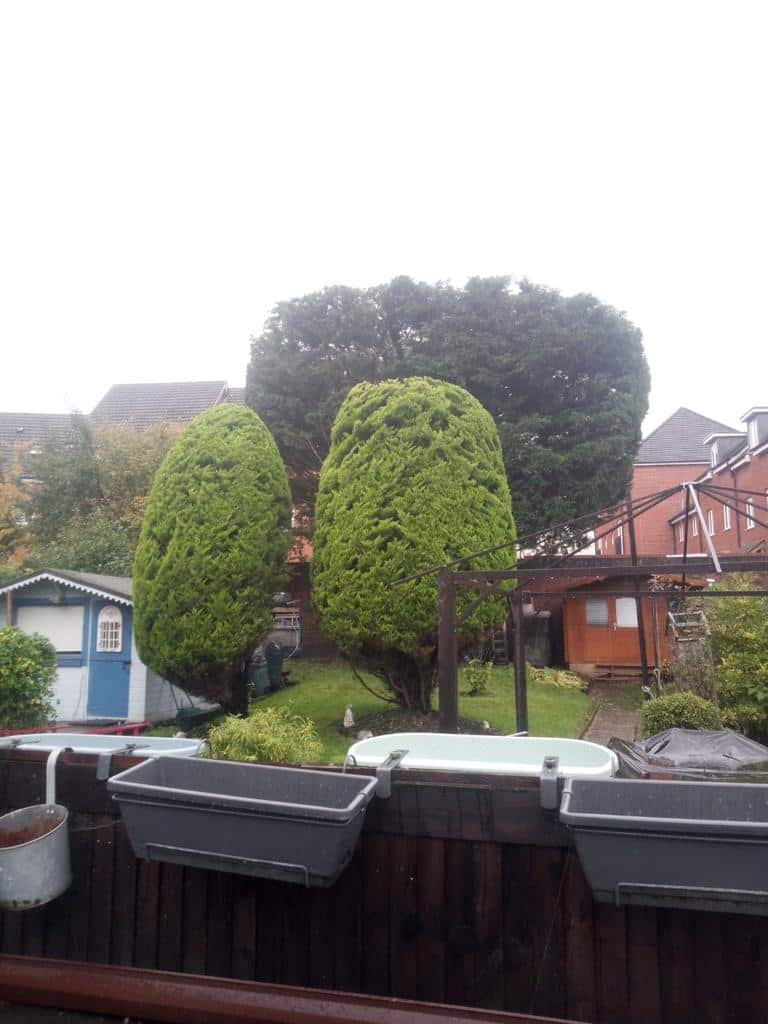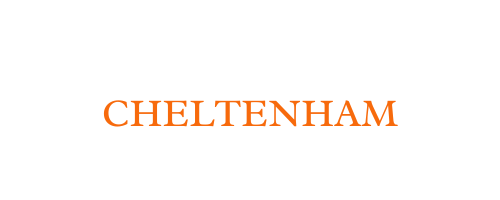Introduction
Tree felling is often perceived negatively, with many people viewing it as unnecessary destruction of nature. However, when carried out responsibly, tree removal can be beneficial for the environment, public safety, and the long-term health of woodlands. Ethical tree surgery focuses on sustainable practices that balance conservation with practical necessity.
In Cheltenham, Gloucestershire, tree surgeons assess each situation carefully, ensuring that felling is only undertaken when necessary and in a way that minimises environmental impact. Understanding the reasons behind ethical tree felling can help property owners and conservationists make informed decisions.
When Is Tree Felling Necessary?
1. Removing Dangerous Trees
A structurally compromised tree poses a significant risk to people and property. Trees that have suffered storm damage, decay, or disease may become unstable, leading to:
- Falling branches that endanger pedestrians and vehicles
- Structural damage to buildings, fences, or utility lines
- Potential hazards in public spaces such as parks and roads
In such cases, responsible tree removal prevents accidents and ensures safety without unnecessary harm to surrounding vegetation.
2. Preventing the Spread of Disease
Some tree diseases are highly contagious and can spread rapidly if infected trees are not dealt with promptly. Common diseases affecting UK trees include:
- Ash dieback (Hymenoscyphus fraxineus) – Weakens ash trees, causing them to become brittle and hazardous.
- Dutch elm disease (Ophiostoma novo-ulmi) – Affects elm trees, often leading to widespread die-off.
- Honey fungus (Armillaria) – Attacks tree roots and spreads underground, threatening entire woodland areas.
Felling infected trees is sometimes the only way to contain the disease and protect healthy trees in the vicinity.
3. Encouraging Healthier Growth
In overcrowded woodlands or urban green spaces, trees can compete for light, water, and nutrients. Selective tree felling helps to:
- Reduce competition, allowing healthier trees to thrive
- Improve air circulation, reducing the likelihood of fungal infections
- Promote biodiversity by creating space for diverse plant and animal species
This process, known as thinning, is a widely accepted woodland management practice that supports long-term ecosystem health.
4. Preventing Root Damage to Infrastructure
Tree roots can cause extensive damage to buildings, pavements, and underground utilities. Large trees planted too close to structures may lead to:
- Cracked foundations and drainage issues
- Disrupted footpaths and driveways
- Damage to water pipes and sewer systems
When alternative solutions such as root barriers or pruning are ineffective, tree removal may be the most practical choice to prevent costly structural damage.
5. Creating Sustainable Timber and Green Energy Resources
Responsibly sourced timber from felled trees can be repurposed for various uses, including:
- Furniture and construction materials
- Wood chippings for pathways or mulching
- Firewood and biomass energy production
Ethical tree felling ensures that removed trees are utilised efficiently, reducing waste and contributing to sustainable resource management.
The Role of Professional Tree Surgeons in Ethical Tree Felling
1. Assessing the Need for Removal
A professional tree surgeon evaluates multiple factors before recommending tree felling. This includes:
- The tree’s health and structural integrity
- The impact on surrounding trees and wildlife
- Alternative solutions such as pruning or bracing
Tree removal is always a last resort, undertaken only when necessary.
2. Minimising Environmental Impact
Responsible tree felling involves careful planning to minimise disruption to local ecosystems. Ethical practices include:
- Avoiding nesting seasons to protect birds and wildlife
- Using eco-friendly removal techniques to prevent soil erosion
- Replanting or encouraging natural regeneration after tree removal
Tree surgeons work in compliance with Tree Preservation Orders (TPOs) and environmental regulations to ensure sustainable outcomes.
3. Safe and Efficient Tree Removal
Tree felling, especially in urban areas, requires expert handling to avoid damage to nearby structures and landscapes. Qualified tree surgeons use advanced equipment and techniques such as:
- Sectional dismantling, where trees are carefully cut and lowered in sections
- Controlled felling, ensuring trees fall in a safe, designated direction
- Stump grinding, removing remnants to allow for replanting or landscaping
Proper disposal of tree waste ensures that materials are reused or recycled whenever possible.
Conclusion
Tree felling, when done responsibly, is not about destroying nature but rather about preserving and managing it effectively. Ethical tree surgery ensures that trees are only removed when necessary, whether for safety, disease control, or environmental balance.
For homeowners and landowners in Cheltenham, Gloucestershire, consulting a professional tree surgeon guarantees that tree removal is carried out sustainably, ensuring the health and safety of both the landscape and its inhabitants. Responsible tree management helps maintain the delicate balance between urban development and ecological conservation.
Call us on: 01242 569 996
Click here to find out more about EM Tree Surgery Cheltenham
Click here to complete our contact form and see how we can help with your tree needs.

